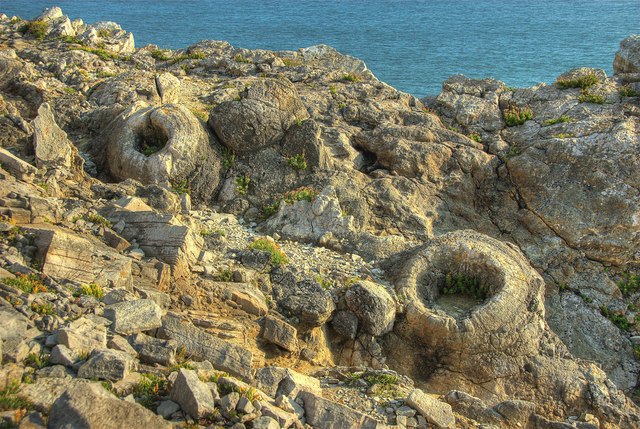The discovery of this fossilized forest of 164 lycophyte trees (without fruits, flowers or seeds) of a variety that has already disappeared is the largest in the southern hemisphere in terms of the quantity and quality of preservation, explains Thammy Mottin, a geologist from the University of Parana.
These plants, whose age is estimated at 290 million years, represent very primitive life forms in the history of the Earthcontinues this scientist, who conducted her research in partnership with the University of Rio Grande do Sul, in Brazil, and the University of California at Daves, in the United States.
This forest, which grew near the places where the town of Ortigueira is today, shows how the first plants spread, how they were distributed in space and what their interactions were with other life forms.
A few rare similar discoveries have taken place in the southern hemisphere, notably in the state of Rio Grande do Sul or in Argentine Patagonia, but all of much smaller dimensions.
The fossilized forest of Parana was discovered at the end of 2018, by chance, during geological studies for the layout of a road to a factory.
A study was then launched and the results, published in February in the journal Palaeogeography, Palaeoclimatology, Palaeoecologyhave recently been popularized in the Brazilian press.
The exceptional conservation has been made possible because the trees were buried when they were still alive, then gradually covered with sedimentexplains Thammy Mottin.
The forest was then preserved almost as it is after being covered by a swollen river that froze.
According to newsrebeat.com. Source of photo: internet















